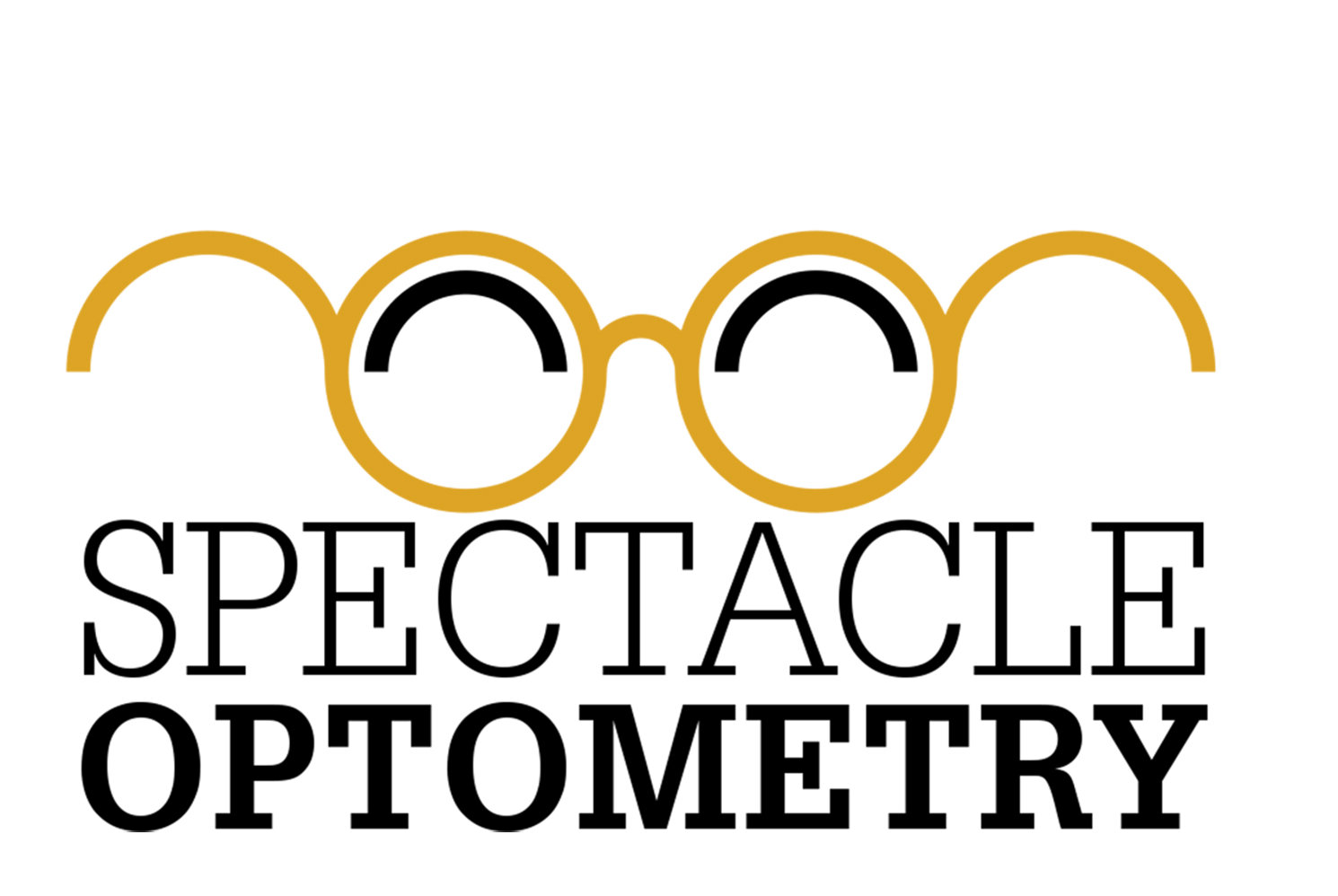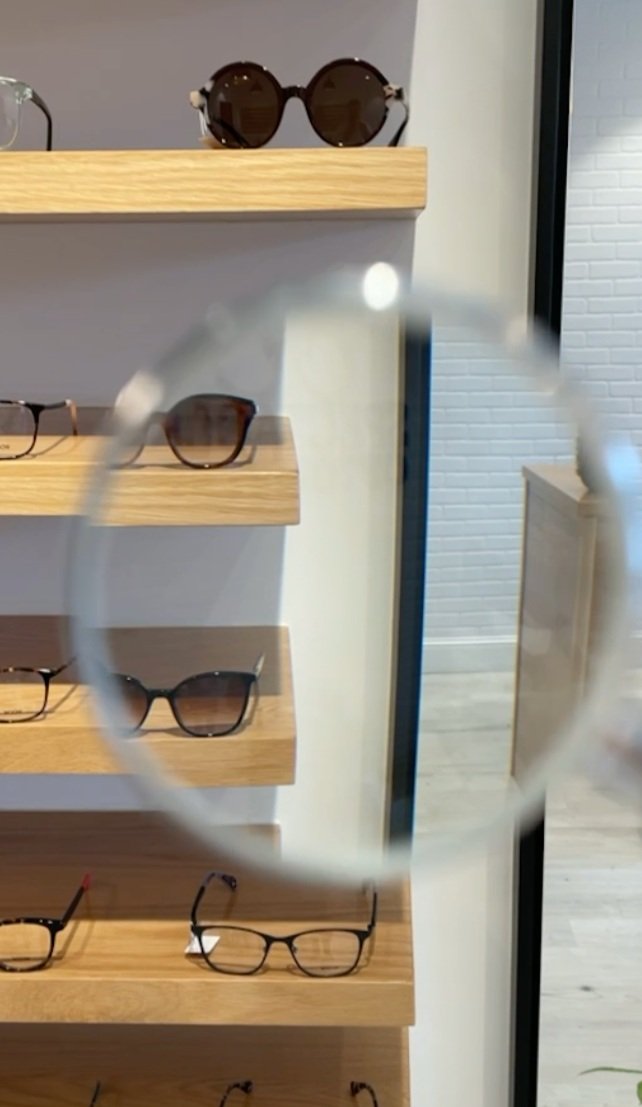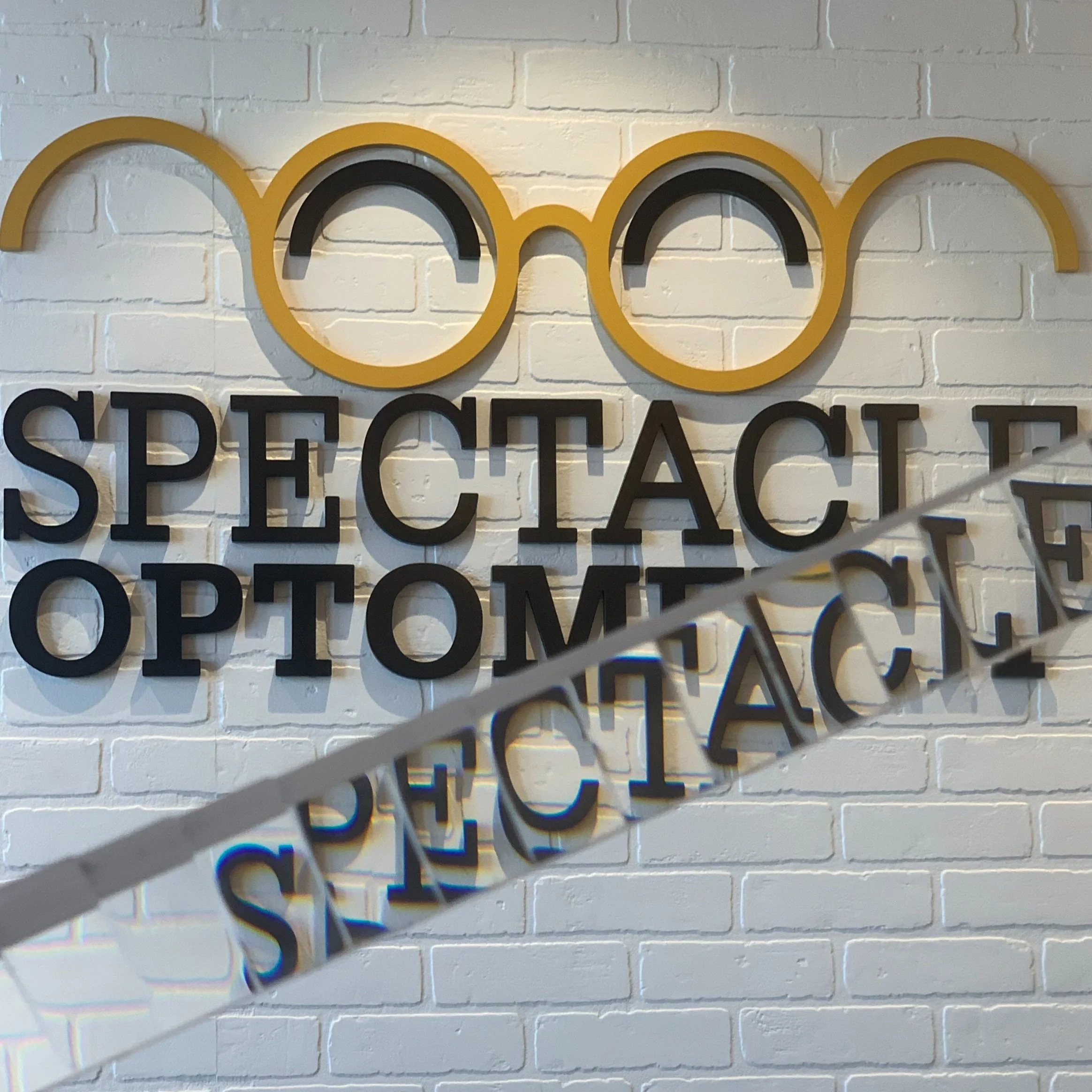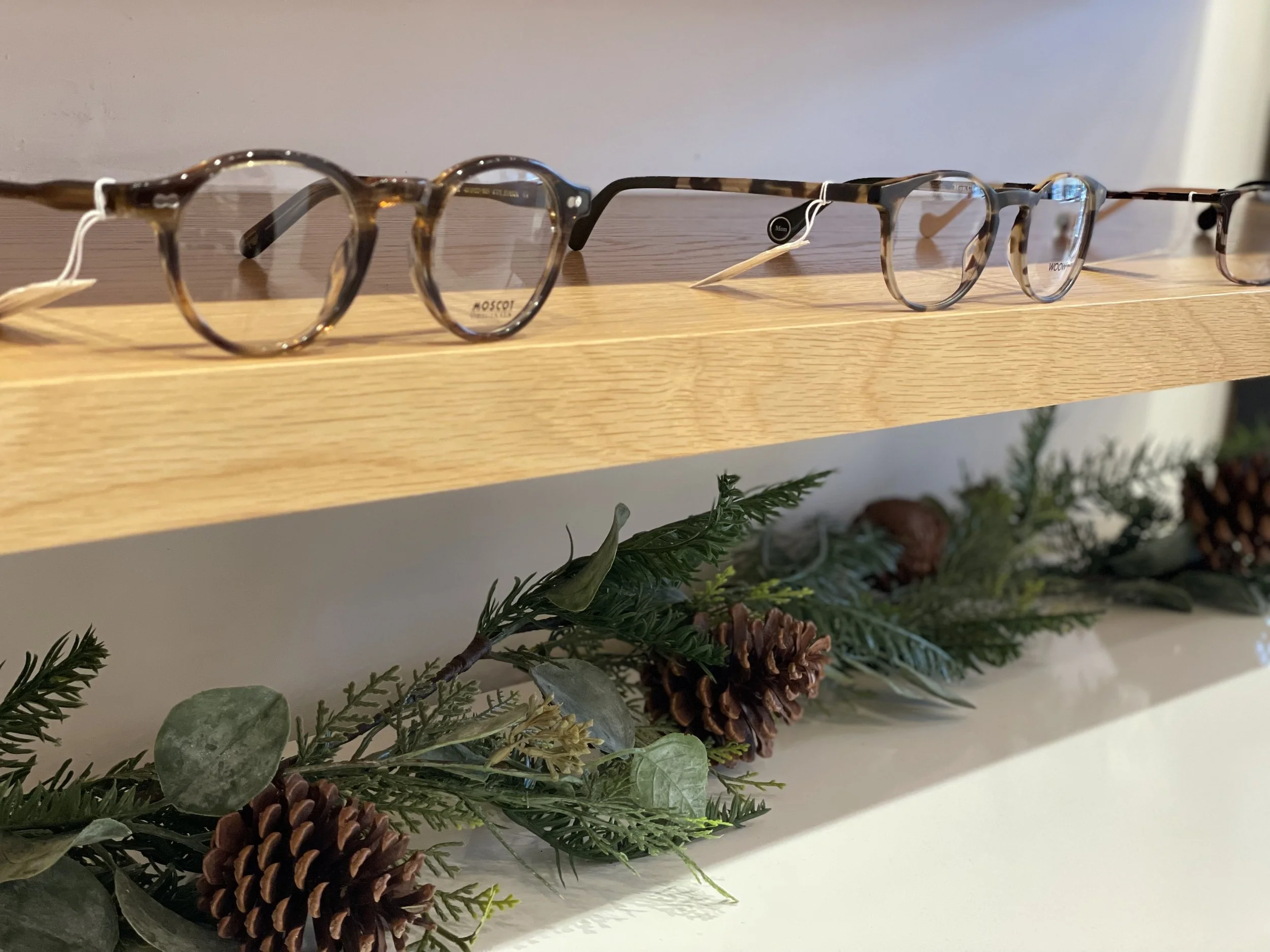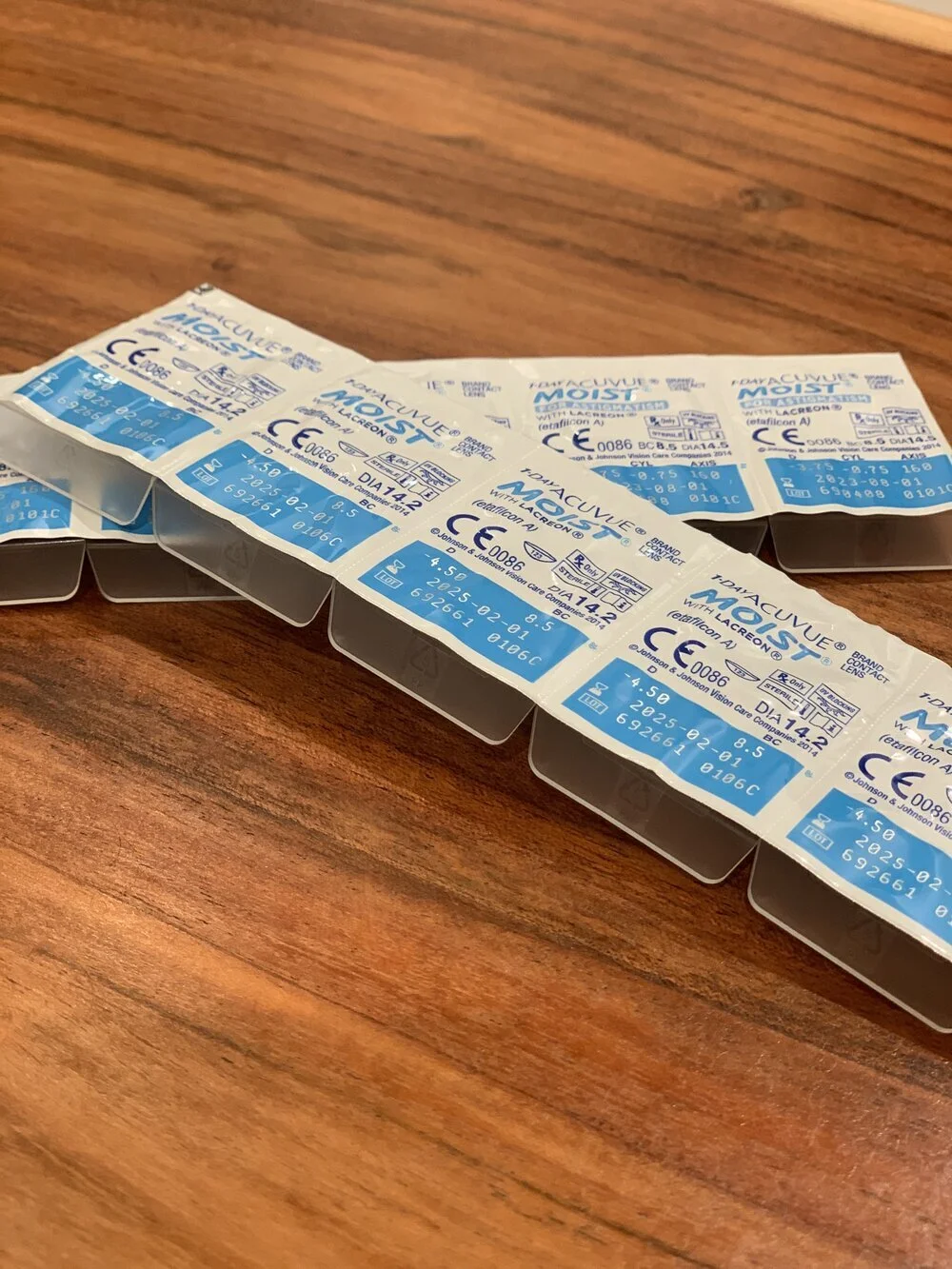REFLECTING ON PRISMS
Have you ever heard of prisms? Some people may vaguely remember hearing that word being mentioned in math or physics class or maybe you only remember this prism picture on Pink Floyd’s iconic Dark Side of The Moon album. In any case, we are going to take a moment to reflect (pun intended!) on what exactly prisms are and what we use them for in glasses.
Prims are simply a piece of glass, plastic, or any transparent material that is cut in a specific way that one side is deeper than the other. This can cause the light that enters the prism to be reflected uniquely to move the image somewhere else. When looking through a prism, the image your retina sees moves toward the base, or deeper part, of the prism. However, the perceived image, or what you are looking at, will move toward the apex, or smaller part. This image shift will cause the eye to move toward the apex as well aligning the retina to this new image, too. We classify prisms by how deep the base is, and consequently, how much they move the image. So a 2 base prism is much smaller than a 20 base prism, for example. Another cool thing about prisms is that if the light hits just right, you may also see a spectrum or rainbow of colors reflecting off the prism as well!
Oftentimes the need for prism in a patient’s glasses comes when they are seeing two images of one single thing. This can happen because of a misalignment of the eyes as seen here. This misalignment can be up, down or side to side creating a double image in any direction. Basically, each eye is focused on different things rather than focusing on the same point. This causes a ghosting of the image or double. There are a few ways to solve this… surgery, vision therapy, closing an eye, or prism. Surgery is often a last resort and more for aesthetic purposes. Vision therapy is most effective when a patient is younger and will require weekly sessions as well as at home “homework” to help realign the eyes. Closing an eye is a quick fix, but not realistic for every day. This will also take away your depth perception, which we certainly don’t recommend. That is when prisms come in!
We can test in the office just how much prism is needed to move the eye’s view making both eyes focus on the same point. The bar in this picture has different amounts of prism that we can hold up to a patient’s glasses to see which helps the best. As you may notice, each different increment moves the Spectacle logo further down, or toward the apex of the prism. We can prescribe different amounts of prism over each eye to get just the right image for the patient.
When a patient is wearing a prism in their glasses, most of the time, it is pretty hard to tell from looking at the patient. However, for some of our patients, this makes a tremendous difference in what they see and how they function each day. It’s remarkable to see how much of an impact such a little lens can make in someone’s life! We are definitely grateful for this nifty discovery to help those patients that truly benefit from prisms.
